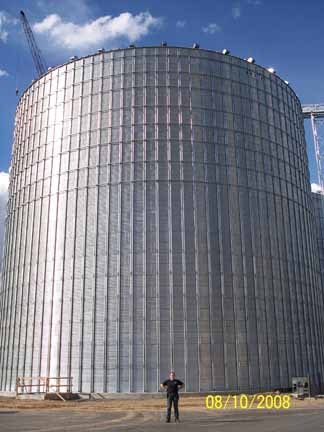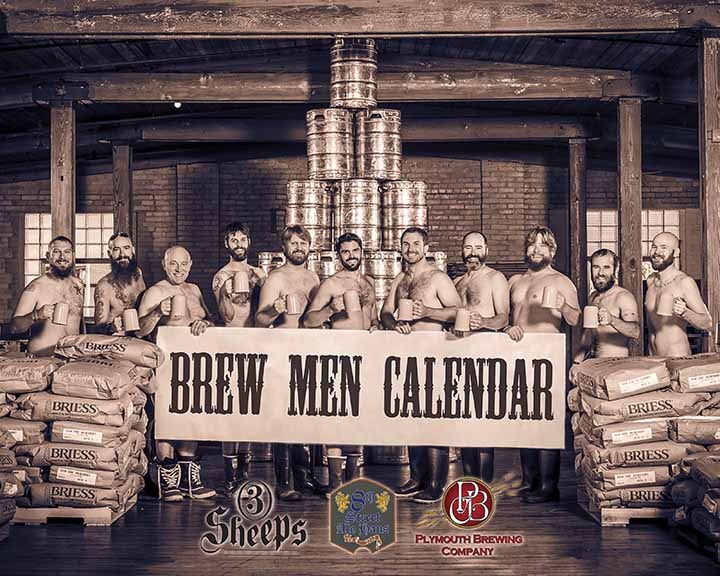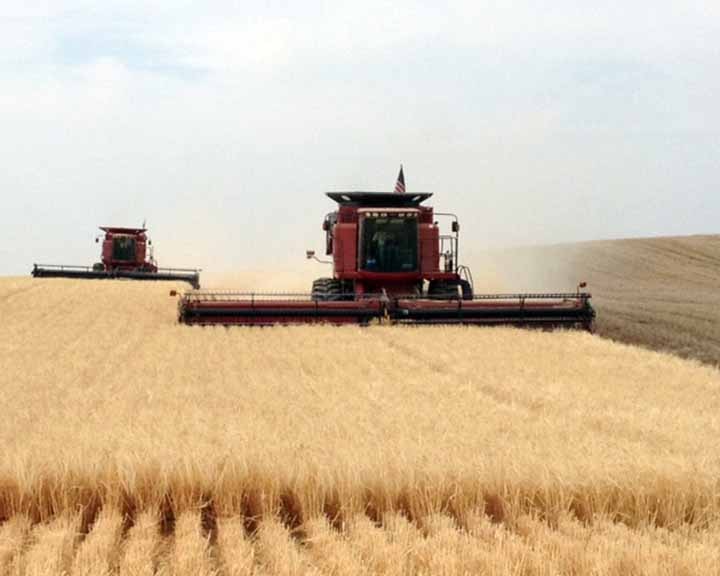
As you may have been reading, this has been quite a year for growing malting barley. The weather has taken many twists and turns, resulting in a crop that is in tight supply and of generally poor quality. Naturally, our customers started asking if Briess will have enough malt this year to meet their brewing needs.
We recently notified them that unequivocally, “Yes”, we have plenty. In addition, it’s exceptionally high quality 2-row malting barley which is helping us transition to 100% 2-row malts.
Before I address how Briess has a consistent source of high quality malting barley despite the poor crop this year, more about our transition to 100% 2-row malts and elimination of 6-row malts from the Briess product mix.
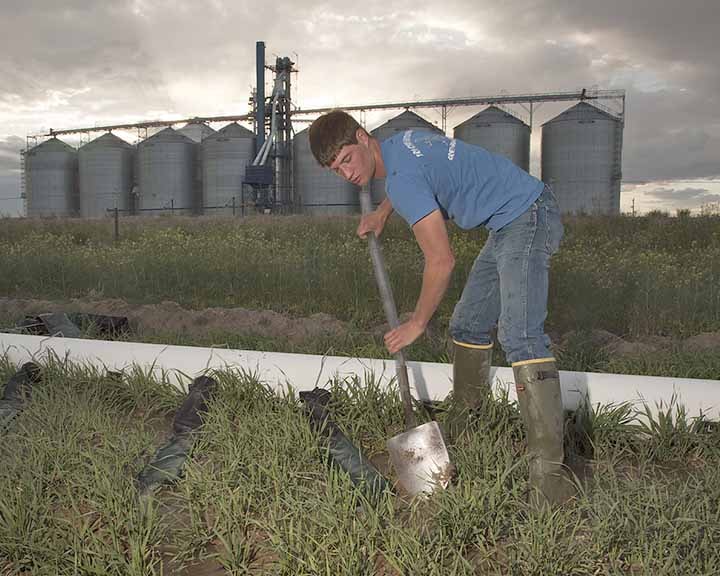
This change takes effect the beginning of 2015. Our product webpages and Typical Analysis handouts are being updated later this month. Many 6-row Briess malts have been offered for some time in the 2-row form, so the 6-row sister versions will simply go away. And unique 6-row malts will now be produced from 2-row, and keep the same name. Many brewers already use 6-row and 2-row versions of the same malt interchangeably because they have the same flavor and color characteristics.
This transition away from 6-row is quite historic for Briess, which started roasting caramel malts in the 1950s exclusively from the abundant supply of North American 6-row malting barley. Over the years, of course, 2-row malts became the backbone of our specialty malt mix, accounting for the addition of new entries like 2-row versions of caramel malts and European-style classics like our 2-Row Munich and Goldpils® Vienna malts. Still, some brewers continued to use 6-row malts for a variety of reasons, so we continued to offer them despite the declining interest.
But at the same time we were closely monitoring an ongoing decrease in 6-row plantings and yields. We knew the time was coming when the 6-row supply would be low, pricing would be at par with 2-row, and we couldn’t effectively produce 6-row malts. This year a number of factors came together as a perfect storm which hastened our decision. Severe weather conditions once again reduced the overall supply of 6-row to the market and, in many cases growers stopped planting 6-row all together. The shrinking 6-row supply coupled with craft and home brewers preference for 2-row over 6-row, escalating prices and future risks lead us to eliminate 6-row malting barley as a source of raw material.
Now back to our 2-row malting barley supply.
As North American malting barley continued to morph into the niche specialty crop that it is today, Briess officials and the Briess family knew they had to take complete control of the supply chain, starting with the grower, for American Craft Beer. That led to the April 2013 acquisition of barley operations in Wyoming.
The Briess Wyoming Barley Operation includes state-of-the-art elevators, an onsite lab, a seed plant and a network of more than 200 experienced malting barley growers in Wyoming and Southern Montana. That increased to 260+ this year with more growers to come. Only 2-row is grown in the region. Most of the barley field fields are flood irrigated with water from the surrounding mountains. Flood irrigated barley is considered some of the highest quality barley grown in North America. It is highly disease resistant, generally brighter and more uniform in color because the water does not come in direct contact with the leaves or barley heads. Besides increased 2-row plantings, the arid region generally does not experience any severe or wet weather, resulting in high yields.
The Briess Wyoming Barley Operation is capable of processing 4 million bushels at harvest, beyond its storage capacity of 2.3 million bushels. The next and most recent step taken was the purchase of a 4.3 million bushel storage, cleaning and grading operation in Manitowoc, WI (about 30 miles east of Chilton on the shore of Lake Michigan). No pictures yet, but a press release is posted on this webpage.
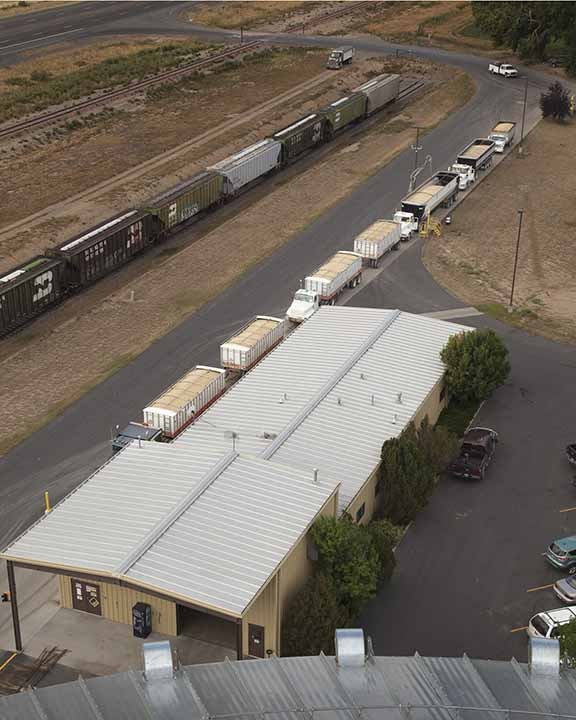
This acquisition provides storage plus a veteran staff experienced at processing and maintaining the quality of stored barley. In addition, all operations are located on the Burlington Northern Railroad for efficient transportation between the Wyoming and Manitowoc operations, and Chilton and Waterloo, WI, malthouses.
So what does this all mean? In addition to having a sufficient quantity of high quality 2-row malting barley for the year, Briess also has complete control over every aspect of supplying malt to American craft beer…from seed to suds.
The Briess family remains as dedicated to American Craft Beer today as it was back in the 1970s when the first 50-pound bags of Briess Malt shipped to upstart craft breweries in warehouses, sheds and garages. So what’s next in line for Briess? Stay tuned…
To read more about the Briess Wyoming Barley Operation, check out these blogs:

